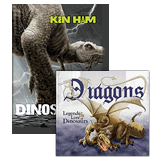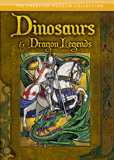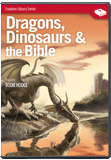
Arctic Tyrannosaur Takes the Prize for Being Petite
News to Know
Abstract
Dinosaur skull changes the face of tyrannosaurus expectations and leads to speculation about ancient Arctic animal populations.
News Source
- Nature: “Diminutive dinosaur stalked the Arctic”
Even the name of the newest member of the tyrannosaurus hall of fame reflects where it was found: Nanuqsaurus hoglundi, as nanuq is the Inuit word for polar bear. There is nothing bear-ish or big about this dinosaur though. Fossil fragments of its skull were found along an Alaskan river above the Arctic Circle. Size estimates based on the skull fragments do suggest the dinosaur was much smaller than other known tyrannosaurs.
Paleontologists have thus far only turned up several pieces of this animal’s skull and jaw, but they are still searching. (A return to the Upper Cretaceous Alaskan North Slope site has produced an additional bit of the skull but so far no postcranial fossils.) The skull fragments seem to have belonged to a tyrannosaur. Tyrannosaurus rex typically measures 12 meters (over 39 feet) in length, but estimates from this skull place its owner’s length at about 7 meters (23 feet).
Selection for Smallness
Texas paleontologists Anthony Fiorillo and Ronald Tykoski, authors of the PLoS ONE study reporting on their analysis of this Arctic find, speculate that the selective pressure in the Arctic environment led to the diminutive size in this animal. They note the Arctic had the reverse effect on another northern carnivorous dinosaur, the Troodon. Even if Arctic temperatures at the time these animals lived were warmer, they note, the typical six months of daylight and six months of darkness would have presented certain environmental challenges, possibly affecting availability of prey. “There was something about that environment that selected for tyrannosaurs developing a smaller body size,” says Fiorillo, adding, “Something provided for an optimal body size for predators.”
The authors do not believe the fossil simply represents a juvenile because the way the bones interlock is more consistent with known adult fossils. Tykoski says the fossil is “a mature individual of something new,” adding, “It is absolutely a pygmy tyrannosaur.”1
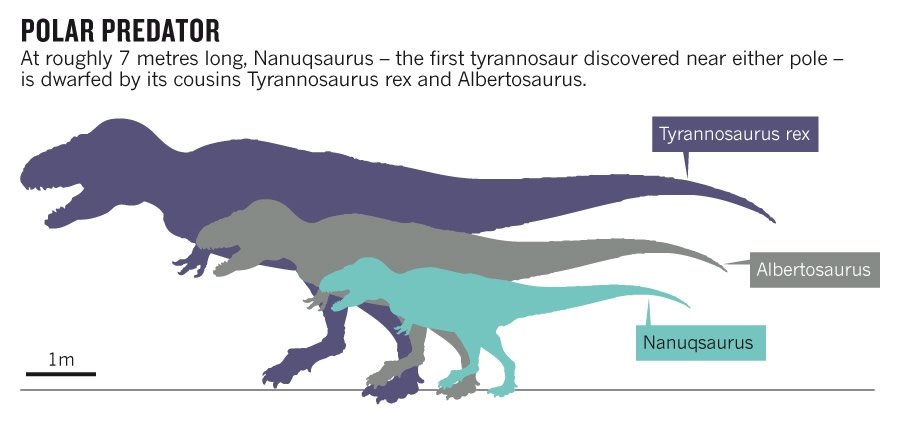
One size doesn’t fit all. The fossil record of tyrannosaurs now includes a pee-wee division, assuming that fragments of a skull found on Alaska’s North Slope are correctly identified as an adult tyrannosaur species. Extrapolating from the three skull fragments they found, paleontologists estimate the animal was about 23 feet long from nose to tail. Image by Ron Tykoski/Perot Museum of Nature and Science, Nature.2
Wisconsin paleontologist Thomas Carr comments, “I never thought I’d see a dwarf tyrannosaur come to light.” Another small tyrannosaur, Nanotyrannus lancensis, has become controversial because some think it is just a baby. But Nanuqsaurus, because the connection between the upper jawbone and the bones around the nose has a peg-in-socket articulation pattern3 that has only been seen in adult specimens, “sets the standard for what a small adult tyrannosaur looks like,” Carr adds. Other paleontologists are not so sure. They do not dispute the fossil fragments’ identity as a tyrannosaur, but Oxford paleontologist Roger Bensons indicates that the presence or absence of growth lines in the bones is needed to be certain about the maturity of the animal and says, “"It's certainly a small individual. But there’s still a possibility that it's a young one.”4
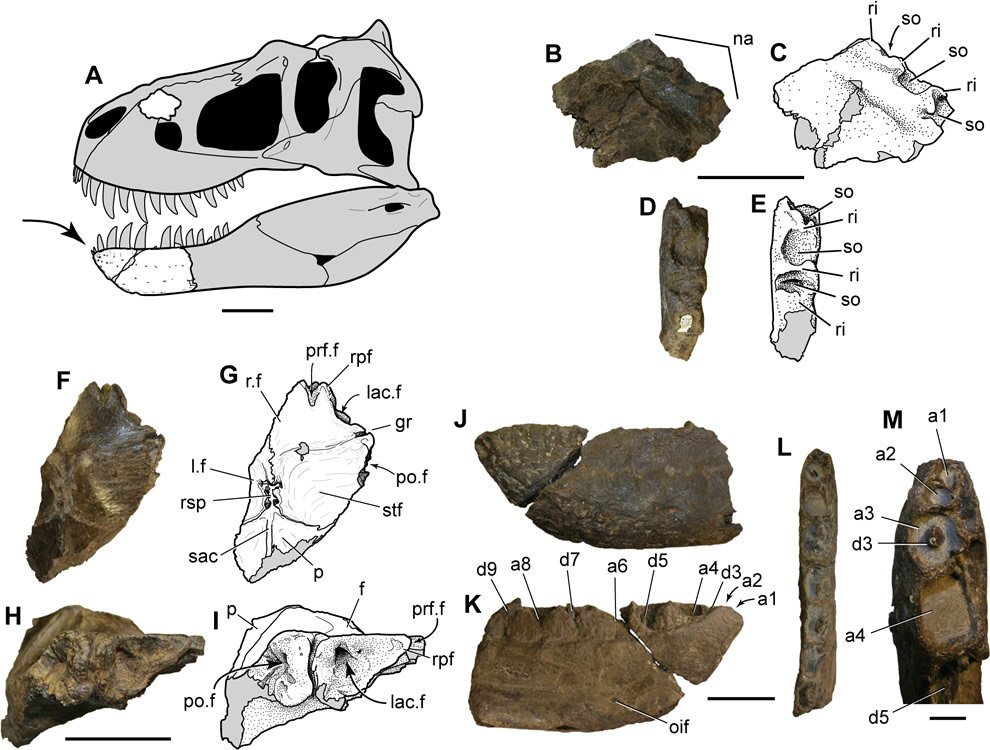
The three white areas on the reconstructed skull (top left) are the three fragments of Nanuqsaurus that have been found and analyzed. The arrow points to two teeth. The “other half” of one of the fragments has also been recently recovered from the Alaskan site. Pictured from several angles are fragments from the right upper jaw (B-E), the top of the skull (F-H), and the left front part of the lower jaw (J-M). (scale bars in A=10cm, B-L=5cm, M=1cm). Image by Anthony R. Fiorillo and Ronald S. Tykoski, via PLOS ONE.5
Water Borne to its Burial Place
The paleontologists debate whether this animal was an adult or not and what could have caused an Arctic tyrannosaur to stay small while leading another carnivorous dinosaur to grow large. But it is worth mentioning another point here. Answers in Genesis geologist Dr. Andrew Snelling, after examining the study, comments:
The whole story in the paper is based on the assumption the creature lived where it was found buried and fossilized, but that is far from proven. It could have been transported thousands of miles from elsewhere, and simply been a smaller member of a herd there. And the sedimentary layer in which the specimen was found is a conglomeratic sandstone if the symbols on the strata diagram are accurate. That means the bones were buried under high energy depositional conditions, which confirms it couldn’t have lived where it was found buried.
The other observation is that the explanation in the paper for the specimen’s smallness is the climate, but for Troodon, it was the opposite, with the bigger specimens supposedly in the Arctic environment. This means their claims about an environmental influence on animal sizes are very arbitrary and therefore contrived.
The global Flood destroyed and remodeled the earth’s surface. As the floodwaters violently rose over a period of weeks, habitats were overwhelmed and their inhabitants swept along with tons of sediment in the turbulent water. The layers in which billions of dead things came to rest and were fossilized reflects the end result of the way the water sorted and deposited the rocks and creatures it carried. We cannot assume therefore that this dinosaur was a resident of the Arctic at all.
Much of the fossil record is a record of the order in which plants and animals were buried during the global Flood and various post-Flood catastrophes. The layers do not reflect the evolution of new creatures over millions of years but the burial of billions of dead ones around 4,300 years ago. Read more about the these layers of fossils in Doesn’t the Order of Fossils in the Rock Record Favor Long Ages?
Further Reading
- New Tyrannosaur Pushes Back Evolutionary Timeline
- T. rex—Fashioned To Be Fearless
- What Really Happened to the Dinosaurs?
- Geologic Evidences for the Genesis Flood
For More Information: Get Answers
Remember, if you see a news story that might merit some attention, let us know about it! (Note: if the story originates from the Associated Press, FOX News, MSNBC, the New York Times, or another major national media outlet, we will most likely have already heard about it.) And thanks to all of our readers who have submitted great news tips to us. If you didn’t catch all the latest News to Know, why not take a look to see what you’ve missed?
(Please note that links will take you directly to the source. Answers in Genesis is not responsible for content on the websites to which we refer. For more information, please see our Privacy Policy.)
Footnotes
- Arielle Duhaime-Ross, “‘Polar Bear Lizard’ Was the Tiny T. rex of the Arctic,” The Verge, March 13, 2014, http://www.theverge.com/2014/3/13/5504614/polar-bear-lizard-t-rex-artic.
- Alexandra Witze, “Diminutive Dinosaur Stalked the Arctic,” via Nature, March 12, 2014, http://www.nature.com/news/diminutive-dinosaur-stalked-the-arctic-1.14859.
- “The dorsomedial edge of the maxilla is marked by deep pockets separated by pronounced transverse ridges. These together formed a strong peg-in-socket articulation between the dorsal margin of the maxilla and the ventrolateral edge of the nasal. The same kind of deeply interlocking nasomaxillary contact is a well-documented character that is also present only in developmentally mature individuals of the derived tyrannosaurines Daspletosaurus torosus, Tarbosaurus bataar, and Tyrannosaurus rex. The nasal-maxilla contact is either smoothly grooved or bears only weak scalloping in immature individuals and more basal tyrannosauroids. The presence of this feature in DMNH 21461 [Nanuqsaurus hoglundi] is evidence that the material also represents a developmentally mature individual.” From Fiorillo and Tykoski, “A Diminutive New Tyrannosaur from the Top of the World.”
- Duhaime-Ross, “‘Polar Bear Lizard’ Was the Tiny T. rex of the Arctic.”
- Anthony R. Fiorillo and Ronald S. Tykoski, “A Diminutive New Tyrannosaur from the Top of the World,” PLOS ONE, March 12, 2014, doi:10.1371/journal.pone.0091287.
Recommended Resources

Answers in Genesis is an apologetics ministry, dedicated to helping Christians defend their faith and proclaim the good news of Jesus Christ.
- Customer Service 800.778.3390
- © 2024 Answers in Genesis



